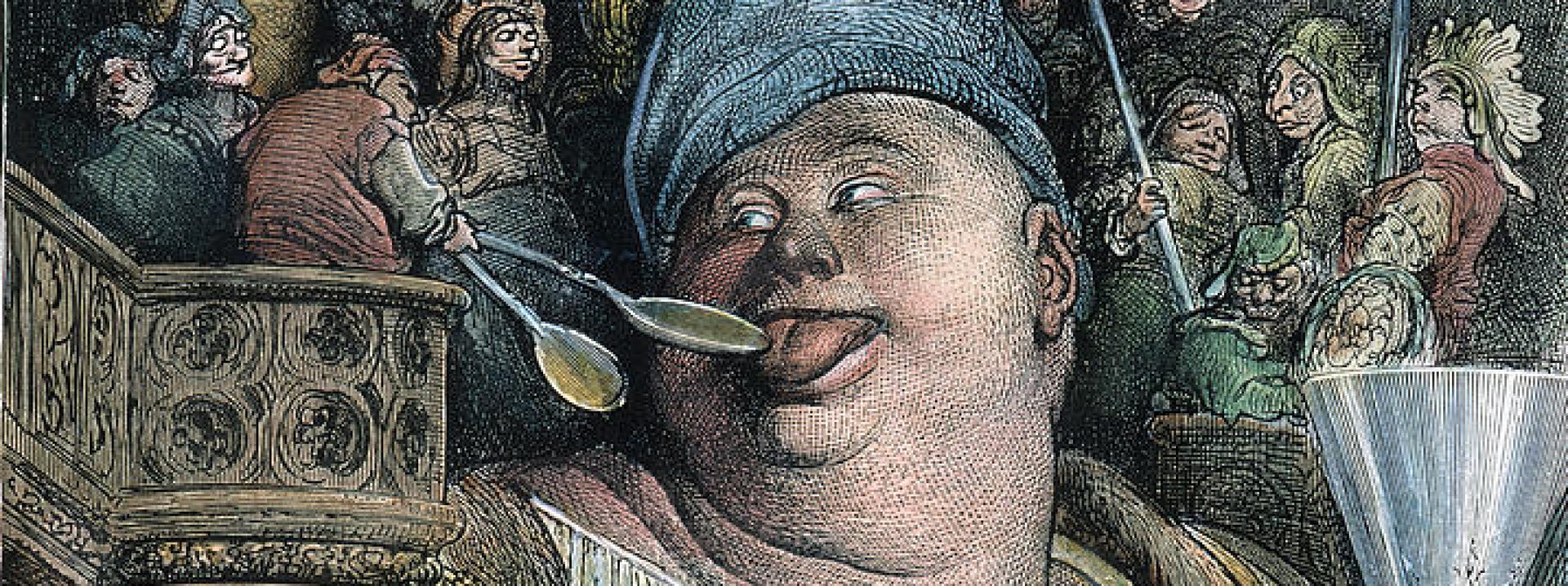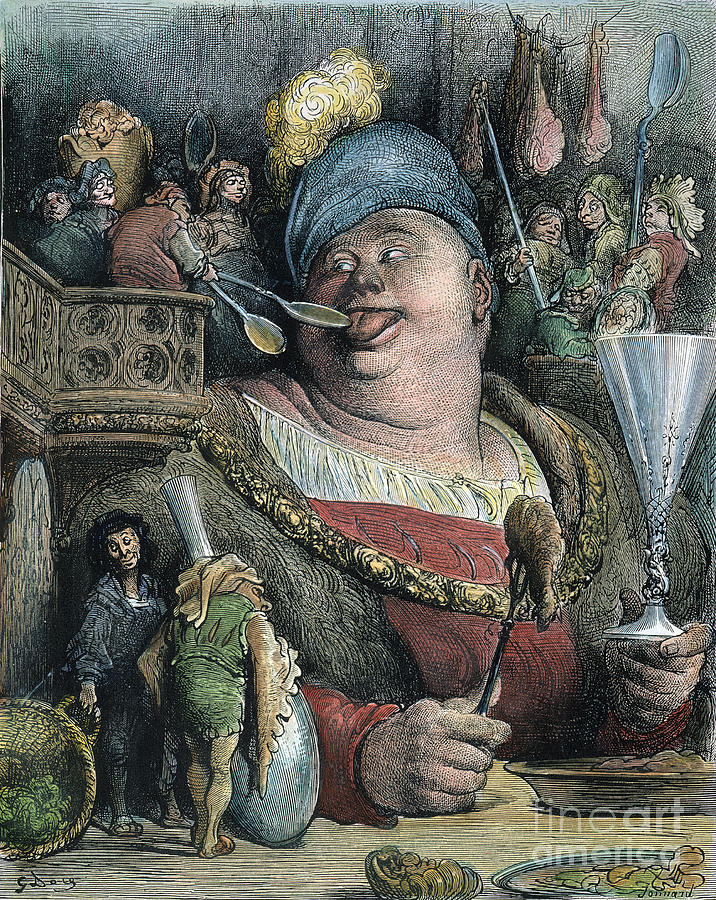For my appetizer presentation I wanted to look at images of the grotesque in Biomechanical theater. Biomechanics is a stylized character study created by a Russian director (Meyerhold) who formatted acting exercises for his actors so that his actors’ bodies were hyper-aware and deliberate. Meyerhold’s exercises were rooted in other forms of theater like kabuki.
The purpose of the exercises was to study character. Meyerhold had this actors perform these exercises while rehearsing for plays, and believed that it brought a deeper understanding between the body and the character.
Meyerhold’s exercises were meant to be sharp, precise, and unforgiving. In his eyes he believed there was something grotesque in the way the actors moved. However, Meyerhold also believed that these exercises were a triumph of the body and that they showcased the different expressions of the body. Additionally, he wanted them to be accompanied by music or sound since it elevated/ accompanied. the body and enhanced the audio-visual experience.
The following clips are examples of Meyerhold’s exercises (Time stamps to watch are under the videos)
Questions:
- Is there something Grotesque or Carnivalesque in how the bodies move?
- Can the restrained nature of the exercises be considered Grotesque or Carnivalesque?
- What is you reaction? Are these weird, shocking, disturbing, or funny?
- What is the relationship between the actors, their body, and the actors around them?


I actually giggled a lot during the second clip, and it was always when they were running. The moment of their bodies was so dramatic and almost comedic, like a cartoon character or a trope character on stage. It is strange because none of their movements felt natural to me, but they were moves that people tend to do a lot. In the first clip, the person in the middle was very sharp and precise, and while I can’t exactly articulate it, it did feel grotesque. Something in the way that they moved their body was simultaneously familiar and foreign: they moved their body in ways that grotesque characters we’ve seen/read do without their body being inherently grotesque to the eye. The drama and almost comedic factor of what they do with their bodies seems carnivalesque, as in each clip the actors use their entire bodies and don’t neglect one part of the body for the other. I don’t necessarily think that the performances were carnivalesque, as each actor was focused mostly on themselves and seemed to exclude the others. Even in the second clip where the actors were interacting with each other, the one that was not involved seemed out of the scene and didn’t do much until it was their time.
I think that there is something inherently grotesque about theatre, especially theatre with a dance element to it (and I think the same thing applies to dance itself, I am thinking of ballet in particular). Theatre is all about exaggerating the body and the self, in order to capture some semblance of the ordinary and convey it to others in some extraordinary way. With the second video especially, the fast, rapid movements and the sudden loud noises come across as an exaggerated take on movement and sound, something that makes them somewhat grotesque. Bakhtin believes that one of the most defining characteristics of the grotesque is that it revolves around something that is exaggerated, whether in size or expression. To me, the Meyerhold performances not only exaggerate movement and sound but performance itself. What I mean by this is that to some extent, theatre always requires some sort of belief in the abstract and the absurd and I think Meyerhold works to put emphasis on this.
I love this! Alice and Elinor considered how what’s going on with bodies in the exercises themselves exhibit grotesque features. I’m also thinking that making a project out of Meyerhold method and creating published pieces that center the exercise as an worthy feat in and of itself instists on the value of grotesque performance. Sorry that’s so wordy but, looking at the first video we can see that there is a lot of intentionality behind it, with the sound, costuming, blocking etc. While these exercises were first developed to improve actor’s abilities to perform on the stage in plays, they’re now clearly works of art themselves. I appreciate that we can focus on the mechanical power of the body, isolating it as a remarkable skill compared to having it muddled in a finished theatrical perfomance with singing, and acting as well.
I’m so happy that y’all found this interesting! 🙂 To Collin’s point its fascinating to look at how biomechanics were developed as acting exercises but have evolved to its own form of art. I also think that Elinor and Alice mentioned how exaggeration are integrated into the grotesque and that it is clearly on display in both of these videos.
Shifting our focus a little, even though Meyerhold used grotesque dance/ theater as an influence, do you think that he intended for his the actions of be perceived as grotesque? Or do you think they are meant to be just viewed as a character study and that attributing the grotesque to them may be reading too far into the exercise?
I mean, I think it’s debatable as to whether or not we’re reading too much into everything in regards to the grotesque, hey, that’s the fun of it! I agree with Elinor that the movements are always intentional, and if we see them as grotesque, perhaps they are intentionally grotesque. From my understanding of the exercise, it is supposed to be an exaggeration but not actually performed as such on stage; it sorta reminds me a mimes, mimicking “normal” moves in a way that’s absurd and comical. Although being inspired by the grotesque does not automatically make something grotesque. I think in Meyerhold’s case, the focus on exaggeration and interaction with the body makes it grotesque because of the hyper-awareness of one to their own body. We’ve seen a hyper-awareness in Rabelais as characters intentionally do unconventional things with their body, and I think this is just another form of that.
I mentioned this previously, but I think that theatre is something that is inherently grotesque, or, at the very least, always an exaggerated, exploded take on real life. As for authorial intent, I don’t know if Meyerhold specifically had Bakhtin (which doesn’t mean he didn’t have the grotesque in mind, just the grotesque as we have been discussing it) in mind (although they both lived in Soviet Russia, so maybe they were aware of each other?), but I think the exaggerated movements, as well as movements that are coordinated to the point that the performers seem to merge into one unit of humanity, are definitely intentional, and I think the effect of them is intentional as well.
At least in the examples given the Meyerhold exercises de demonstrate bodily precision and control through mostly thin and physcially abled bodies. What sort of biomechanism would be performed in a fat or disabled body? I guess I’m thinking there might be a limit to the grotesque power of projects like this in contexts like theater which aren’t well-known to incorporating diverse forms of the human body in flattering ways.
This was an incredibly fascinating appetizer, and I think that it’s relation to the grotesque and carnivalesque is a good one to explore. I’d be interested to pursue Collin’s question about whether or not Meyerhold’s exercise has room for the inclusion of all bodies since the precision requires some sort of training/experience. It reminds me of the question that Juliana’s first appetizer explored where we tried to figure out whether or not there is room for disability and sickness in carnival that is not for comedy. Can carnival truly exist if it is only meant for a certain group of people?
I feel like the question “can carnival exist if it is only meant for certain people” has come up a lot in this class, and a lot of the time (with some hesitation) we settle on the answer that it can exist. I think though, that there is a difference between the carnival existing for a specific group of people who need relief from oppression and therefore create a carnivalesque and grotesque space and a carnivalesque/grotesque space that ends up excluding people because the people in that space did not take the time to consider perhaps more marginalized communities. Whether or not the space that is maybe excluding others is carnivalesque then comes down to, I think, who/what is creating the carnivalesque atmosphere, and what their intentions are.
Thanks y’all for a great conversation! I’m glad that I got to share my interest in theater with everyone. I wish we had gotten to talk more about Collins question of the accessibility of these performances and how there is such a strong emphasis is on physical ability. Because Meyerhold was very protective over his exercises and theories, biomechanical theater had to be practiced in a certain way and if it was done poorly, would not be utilized. In these spaces then, people who are not able bodied or cannot engage with the material are totally excluded from joining in.
The question of if carnival exists in these spaces is also a difficult question. Meyerhold’s control over these exercises is apparently strict, and although the movements can be funny, the actors who practiced may not have had the same experience. We will never know if meyerhold intended for a sense of carnival either in the rehearsal process or performance, but I do think this brings up interesting questions. In many ways I think that theater in the post WWI Era was probably not the most inclusive or accepting stage to be on, but it seems that there was some type of effort made to free people of the depression, stress, and sadness of the period. Much of theater is reactionary and political and exercises like these are thought to be a conscious (and sometimes unconscious) mode of expression where the body becomes a vessel for expression.